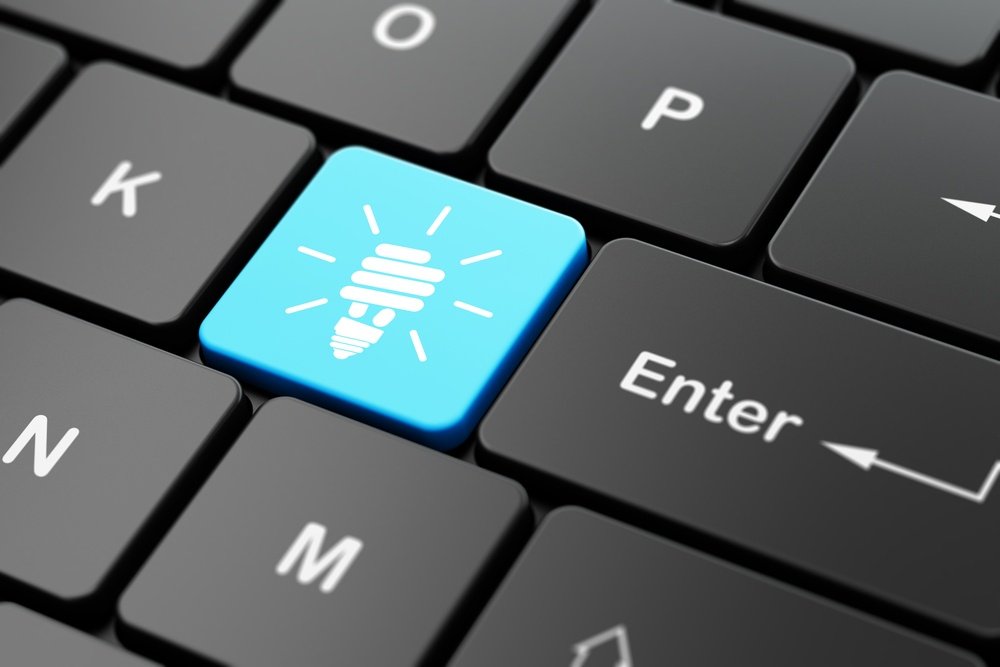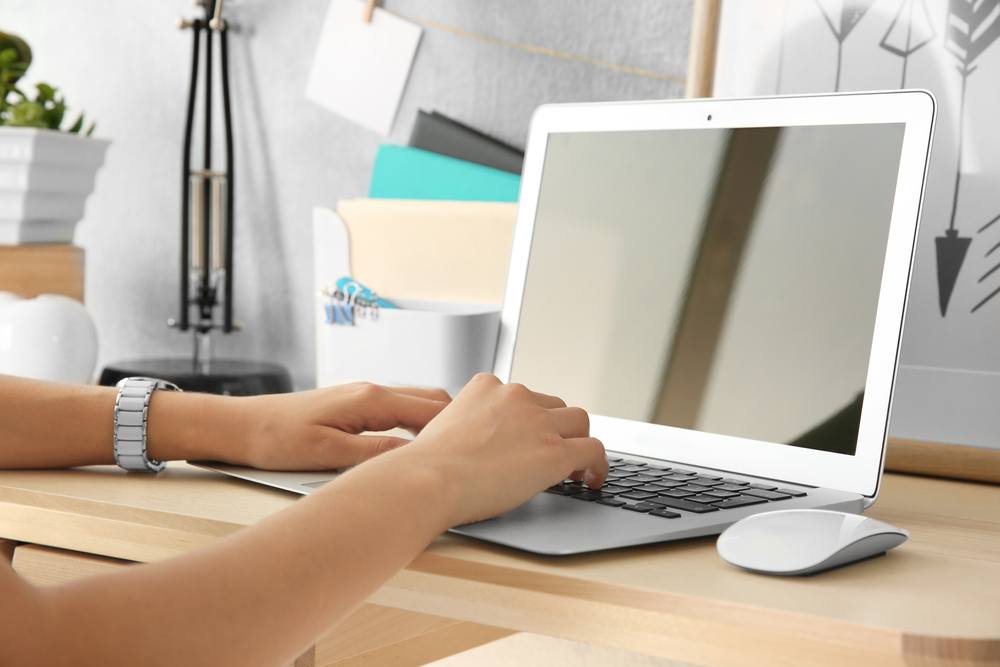The Best Guide to More Energy Efficient Computing

Most people consider energy efficiency around the home to include steps like turning off the lights, regulating heating and cooling system temperatures, or taking routine preventative maintenance measures. And while these are certainly true, you can’t forget about computer use! From working at home to wasting hours on Facebook, you use your computer every day, and that energy use adds up. When it comes to energy efficient computer use at home, check out these helpful guidelines:
Changing Habits to Reduce Energy Waste
When it comes to how computers waste energy, most consumption stems from personal habits. This is especially true when it comes to miscellaneous electrical load (MEL). MEL is a phenomenon that occurs when devices and electronics around the home burn unnecessary wattage, causing your energy bill to rise. Home computers are subject to MEL because they are often plugged in for extended amounts of time. According to Intel, savvy homeowners can save $25, $50, or even $100 by being mindful of their desktop PC and laptop habits. Consider changing the following habits for more energy efficient computing at home:
![]()
- Sleep Mode & Power Management Features
Use the built-in sleep mode and other power management features that come with your computer. These help reduce the amount of consumption your computer uses over the long-term. For instance, change settings so the computer automatically goes into sleep mode when activity is not detected. Power management features can be applied to the monitor, the hard drive, and the entire operating system.
- Smarter Monitor Use
When trying to reduce personal computing energy, also consider how the monitor is used. For instance, the brightest setting on the monitor uses about twice as much energy as the dimmest setting. Therefore, get into the practice of turning down the brightness settings of monitors when they are in use.
- Power Devices Down
Turn off computers and their monitors if they are not being used. The same holds true for accessories like printers. Leaving equipment running while they are not in use causes them to produce heat and use energy. Shutting them down will help equipment run cooler and keep your energy bill down.
- Unplug Your Devices
Consider unplugging devices altogether when they are not in use. Energy is still drawn by plugged-in devices, despite them being powered down. While the use of a power strip can help to regulate energy efficiency, the long-term benefits of this habit can help to lessen the wear and tear on the device over time. Also, consider unplugging portable batteries when a laptop is fully charged as well.

- Choose Energy Efficient Computer Equipment
Save energy and money by choosing energy efficient computer equipment from the beginning. The top energy efficient computers have some of the following features: an Energy Star label, convenient energy saving modes like standby or idle mode, and power management settings. Confirm if the computer has been ranked in energy efficiency by the Green Electric Council’s Electronic Products Environmental Assessment Tool (EPEAT). This helpful tool rates computers based on certain criteria, such as their materials, as well as how environmentally friendly disposal of the device is, among other criteria.
All in all, choosing the right computer sometimes takes more than just design and looks alone. It also takes energy use into consideration. Make wiser decisions by taking your computer’s use of energy seriously. Homeowners can score dramatic savings on energy costs by using their computer settings strategically, unplugging where necessary, and by purchasing computer equipment that is Energy Star-rated for energy efficient computer use.


